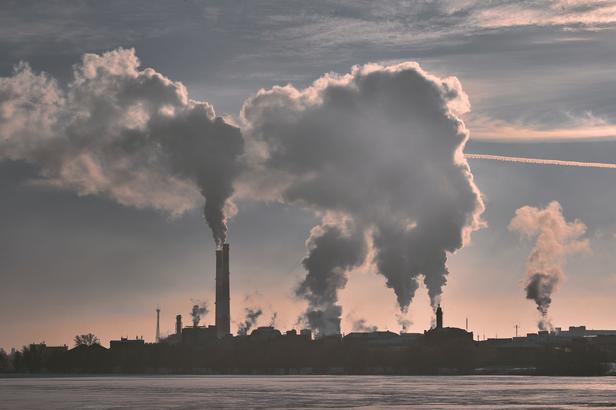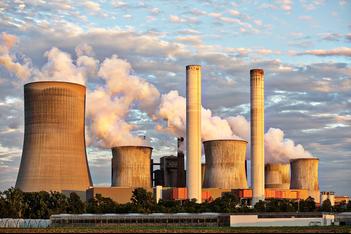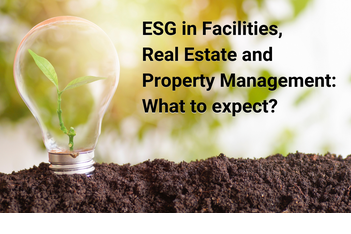PM2.5 is short for particle matter and is a term used when describing particle pollution consisting of both solid and liquid matter in the air.
PM2.5 comes in many forms ranging from manmade matters such as fuel by-products and chemical pollution. in its natural state it's found in forms such as dust, ash and sea spray. What's different is that inhalable particles are usually found to have a diameter of 10 micrometres (PM10) therefore this particular particle pollution being only 2.5 micrometres, allowing it to delve further and deeper into the body. This fact begs the question of the ill effects it must cause from inhalation.
According to the Department for Environment Food & Rural Affairs inhalation of such particle pollution can have adverse health effects, and that is thought to be no safe threshold of exposure. Research so far suggests the impact of such particle matter on public health is greater from long term exposure.
It is thought that particle matter can not only impact respiratory system but can also lead to symptoms such as irritation in the eyes and sneezing and coughing. It penetrates deep into the lungs and even as far as the blood stream leading to issues such as asthma, chronic bronchitis and heart disease. Hence why we should worry about the effects of long term exposure.
It is easy to worry about pollution especially when littering, deforestation and urbanisation are commonplace but what about polluted air? Around 96% of the mass of the human body is made up of oxygen, carbon, hydrogen and nitrogen. In addition, the average human breathes over 2000 gallons of air a day from which they absorb such elements. It is, therefore, undeniably important to recognise this issue and work towards a solution.
When outdoors the exposure to such pollutant particles is unavoidable. Indoors, however, we are able to better manage the air we breathe with ventilation devices. Using smart solutions such as BlockDox, you can easily access an operational dashboard which enables you to view data that would otherwise be invisible. This not only enhances the health and safety of those working in your building, but it also helps you identify inefficiencies and work towards effectively utilising all the resources you have to minimise costs and maximise revenue.
Blockdox's mission is not only to provide everyone with optimal air quality, it is also to actively fight against climate change.
We will be working on this issue as part of the Mayor of London Resilience Fund Air Quality Challenge, from which we have been selected amongst the UK’s best innovators. We will help Lambeth control its air quality by providing insights and analytics into PM2.5 levels as well as other pollutant particles.
If you want to effectively monitor your space or building's air quality, contact us at sales@blockdox.com












